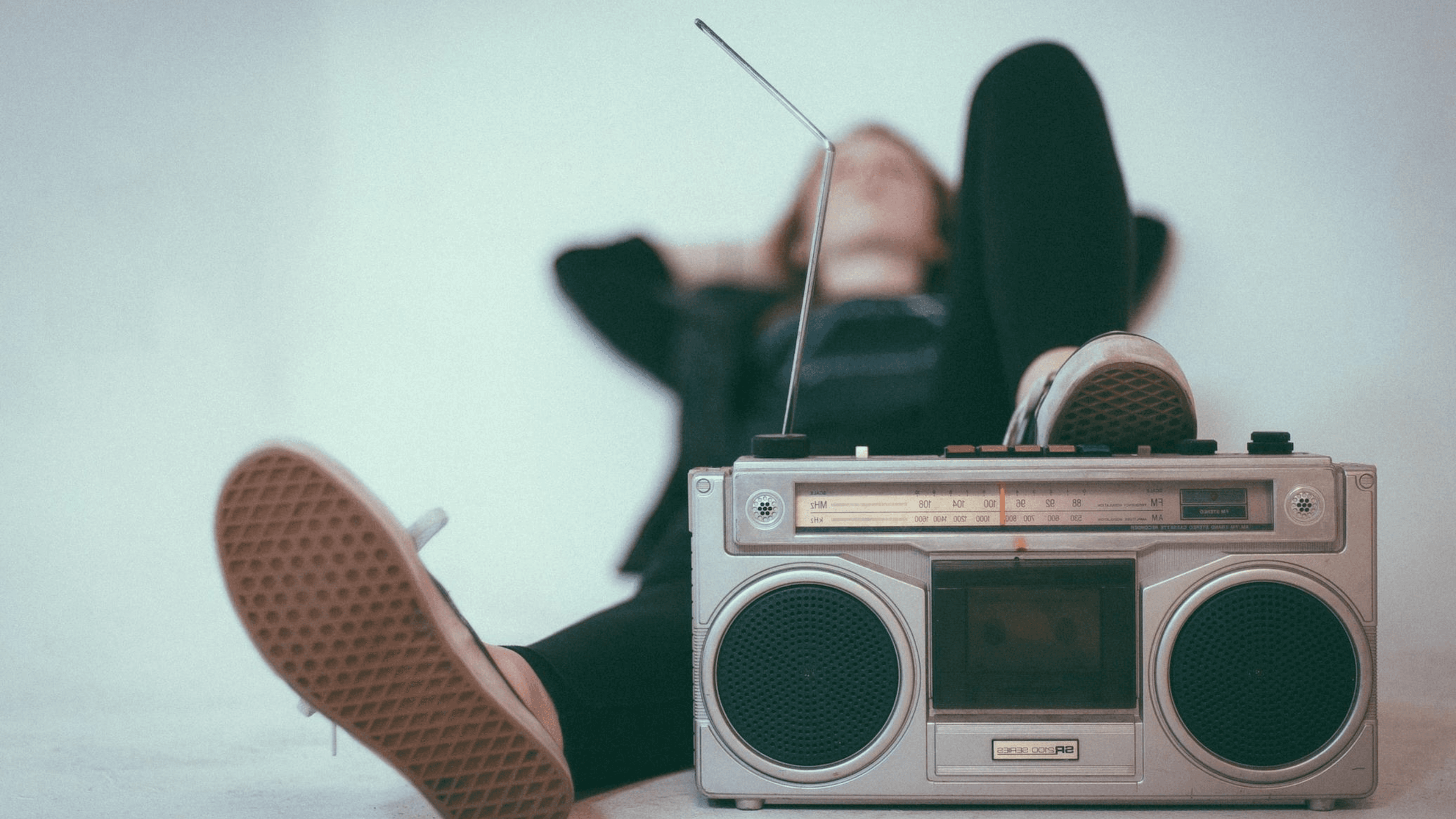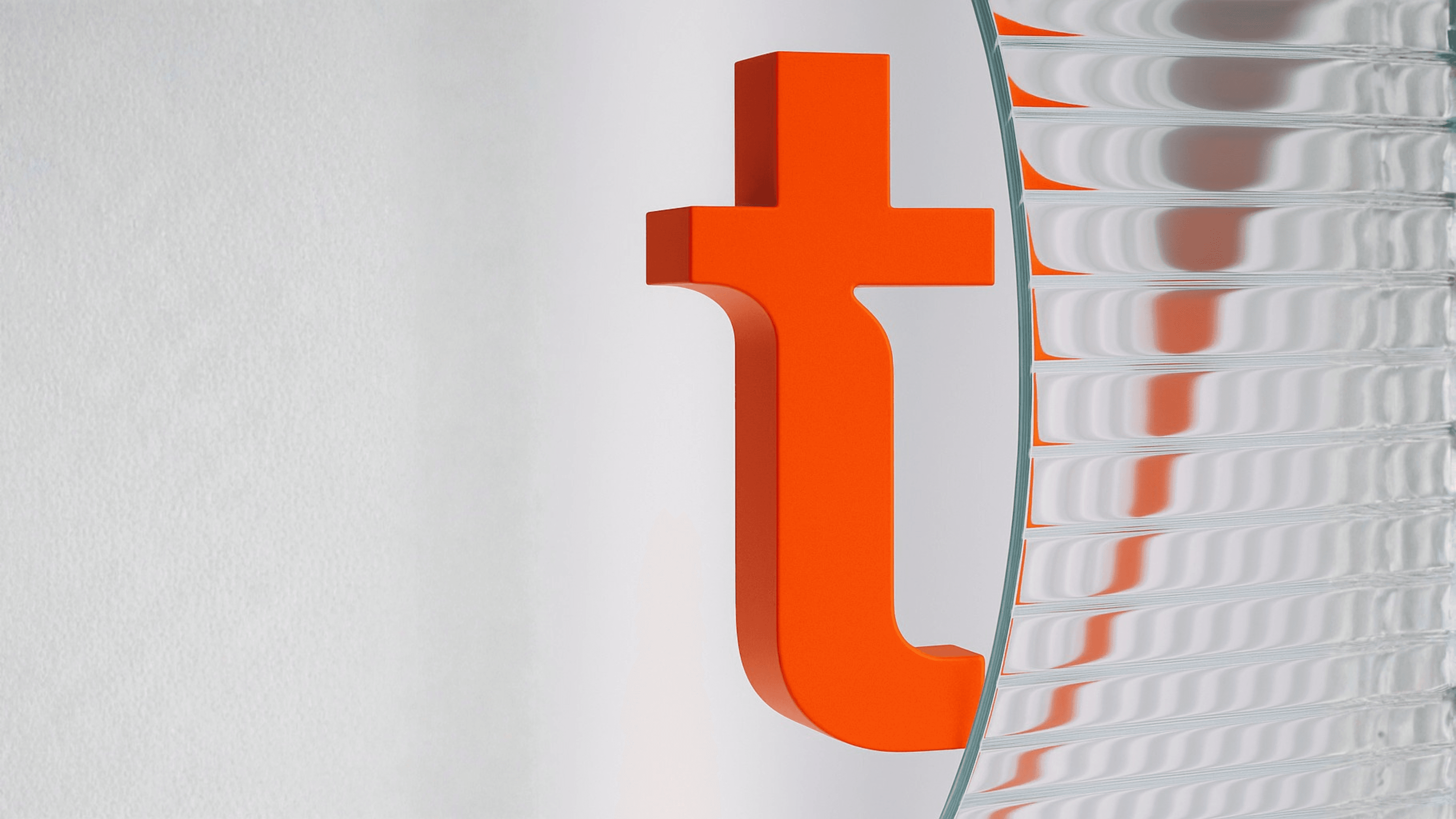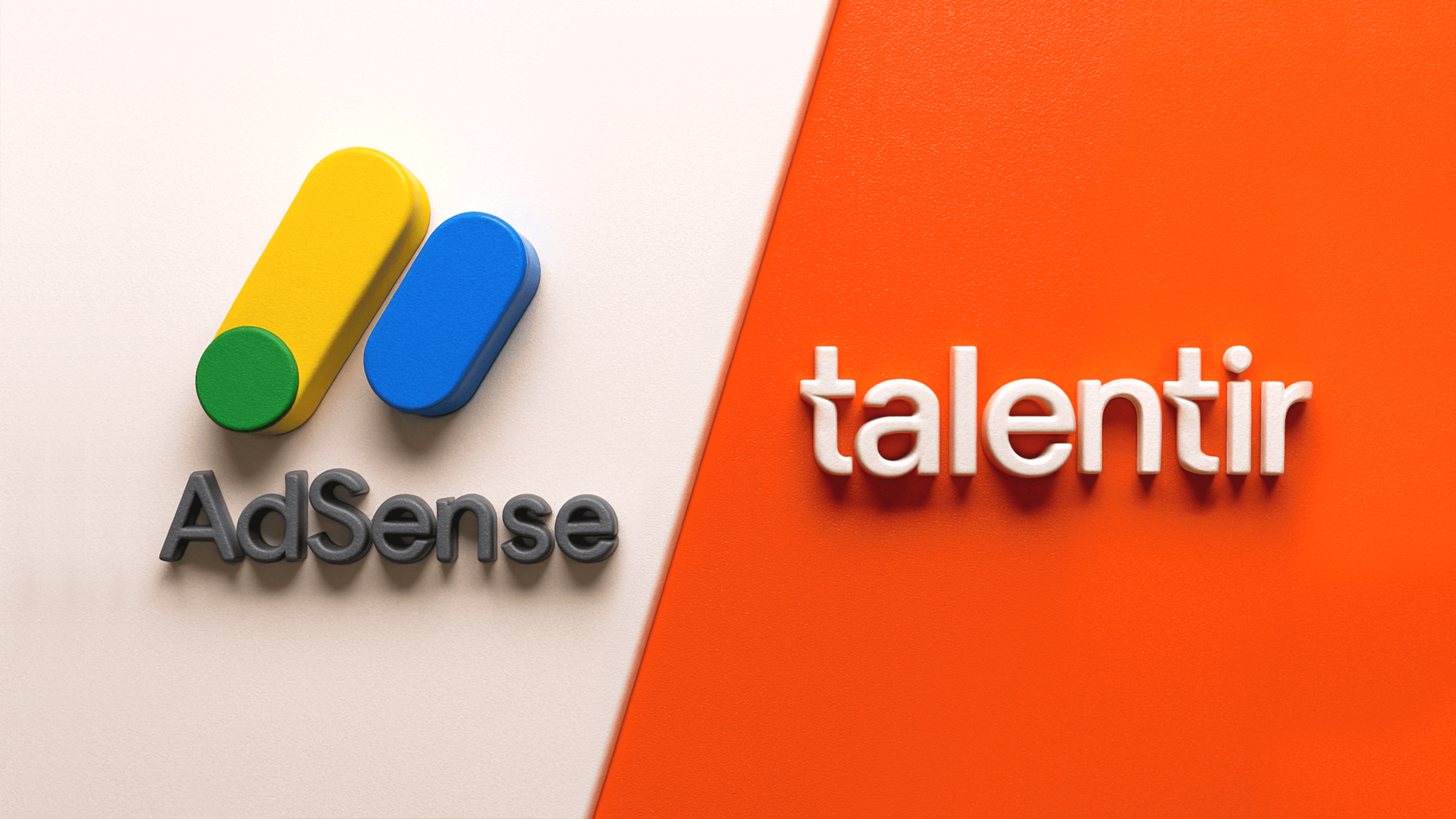If you're a musician, it's crucial to understand neighboring rights. They're one of the fastest-growing revenue streams in the music world, but because they can be challenging to collect, they're often overlooked – especially by up-and-coming musicians or talent just starting out.
There are many different types of royalties out there, such as performance royalties, mechanical royalties, synchronisation royalties, or platform related royalties, e.g. royalties from YouTube, but neighboring rights are a category all their own. This article explores everything you need to know about neighboring rights, including what they are, how to collect them, and who pays them. Let's get to it.
What are neighboring rights?
Neighboring rights are a type of public performance right that is associated with a recording copyright. You might have also heard them called "related rights." The specifics of neighboring rights differ from country to country, but they are typically paid to recording owners (often labels) and performing artists rather than songwriters and publishers.
Musicians and sound recording owners receive neighboring rights when their recording is performed or broadcast on public platforms – think radio, new media, TV, streaming services, and more. Neighboring rights can even be paid out when recordings are played in public places like restaurants or clubs.
What are examples of neighboring rights?
Whenever a master recording track is publicly performed, the recording owner (typically, although not always, a label) and the performing artists earn royalties. Here are a few examples of instances in which you may be able to collect neighboring rights:
- Your song is played on satellite radio (like Sirius XM)
- Your song is played on Pandora (or another internet radio platform)
- Your song is used at a business as background music (such as in a hotel, club, restaurant, or shop)
- Your song is played on a cable TV music channel (such as MTV)
- Your song is broadcast on terrestrial radio outside of the United States (such as BBC)
- Your song is used through new online media that continues to grow and change with the music industry
![]()
Who collects neighboring rights?
Laws about neighboring rights differ depending on your location around the globe. But in most places, neighboring rights collection societies collect neighboring rights royalties. To collect the royalties due to you, you will need to take additional steps to register your master recording with those collection societies.
It's worth noting that in the United States, neighboring rights are called 'digital performance rights' – and they are very limited. They are recognized for only what's called 'non-interactive digital transmissions'. That category includes satellite and digital radio platforms, like Sirius XM and Pandora, but not broadcast radio. So if you're in the US, taking advantage of this revenue stream will likely be more difficult.
Neighboring rights collection
Because of the differences in neighboring rights laws throughout the world, royalties collected in some other countries might not be reaching you. It doesn't help that neighboring rights processes and distribution are relatively complex. It can be challenging to collect neighboring rights, but that doesn't mean you shouldn't do it. For many artists, this is an often-forgotten piece of revenue.
Often, your record label or master track owner (if you don't own your songs yourself) will collect neighboring rights for you. If you're a performing artist featured on a recording, it's essential to talk to the record label that released the music and ensure that you get all of the royalties due to you. There's also the option of using a trusted neighboring rights administration company or other neighboring rights organization.
Neighboring rights collection societies
Around the world, there are various different neighboring rights collection societies that collect neighboring rights royalties. Here are just a few of them:
- LSG (Austria)
- GVL (Germany)
- PPL (UK)
- SoundExchange (US)
- PPCA (Australia)
Neighboring rights royalties
Neighboring rights royalties are due to the performers and master recording owners of each track, and they're typically split 50/50. Within the 50% due to performing artists, that money will be divided between the people featured on the track.
But all too often, neighboring rights royalties are left unclaimed. Why? They can be tricky to collect – but this shouldn't dissuade you. Royalties from neighboring rights add up to over $2 billion annually, so it's crucial to register your work properly so that you can access the royalties that you've earned.
How do I collect neighboring rights royalties?
To collect neighboring rights, you will need to register your work with your country's neighboring rights collection society or organization. This process should always be free.
Sometimes, artists or labels will use neighboring rights collection companies to help do this across the many countries where a song is being played. If you were to do this yourself, you might need to register your track in, say, 35 different countries. But some businesses can do this for you to ensure you're getting the most out of your domestic and international royalties.
Who pays neighboring rights royalties?
These payments typically originate from the digital broadcasters of the master tracks. For example, in most countries outside the US, terrestrial broadcasts must make a master-use statutory royalty payment of about $0.002 per play.
That money gets paid directly to the neighboring rights organization of that country, and then that organization is responsible for paying out that money to the registered parties entitled to royalties.
How to elevate your royalties with Talentir?
We understand the importance of empowering artists and creators to maximize their royalties. Talentir is the first platform to turn YouTube videos into an asset you can buy and sell. It lets creators and artists share parts of their videos with their fans, which helps to build a close and authentic community. With Talentir, royalties become scalable, enabling distribution to many fans. We focus on artists and creators, ensuring a seamless and user-friendly process. Talentir is the backbone, facilitating an effortless experience to make shared ownership and payouts a reality. The more people own and interact with a video, the more popular and profitable it becomes. Got curious about how it works? Explore Talentir now.
In conclusion
If you're not collecting your neighboring rights royalties, it's time to start. While they might not initially amount to much, as your recognition as an artist grows and your work is played more and more often in public spaces, you can make a significant amount of money from neighboring rights. It's crucial to ensure you're correctly registered to receive them.
FAQs
What are the neighboring rights of the music industry?
In the music industry, neighboring rights refer to royalties paid to recording owners and performing artists rather than songwriters and publishers. They are similar to the public performance rights often associated with compositions, and you may have also heard them called "related rights."
What are neighboring rights for producers?
Producers or recording owners typically receive 50% of neighboring rights royalties. You're entitled to this payout if your track is played in a public space – for instance, on terrestrial radio, internet radio, satellite radio, cable TV, or even in a restaurant or hotel as background music.
What is the difference between performing rights and neighboring rights?
Performing rights and neighboring rights are similar because they generate royalties through public broadcasts or music performances. But they do have differences: Neighboring rights generate royalties from the master track, while performance royalties are generated from the composition.


